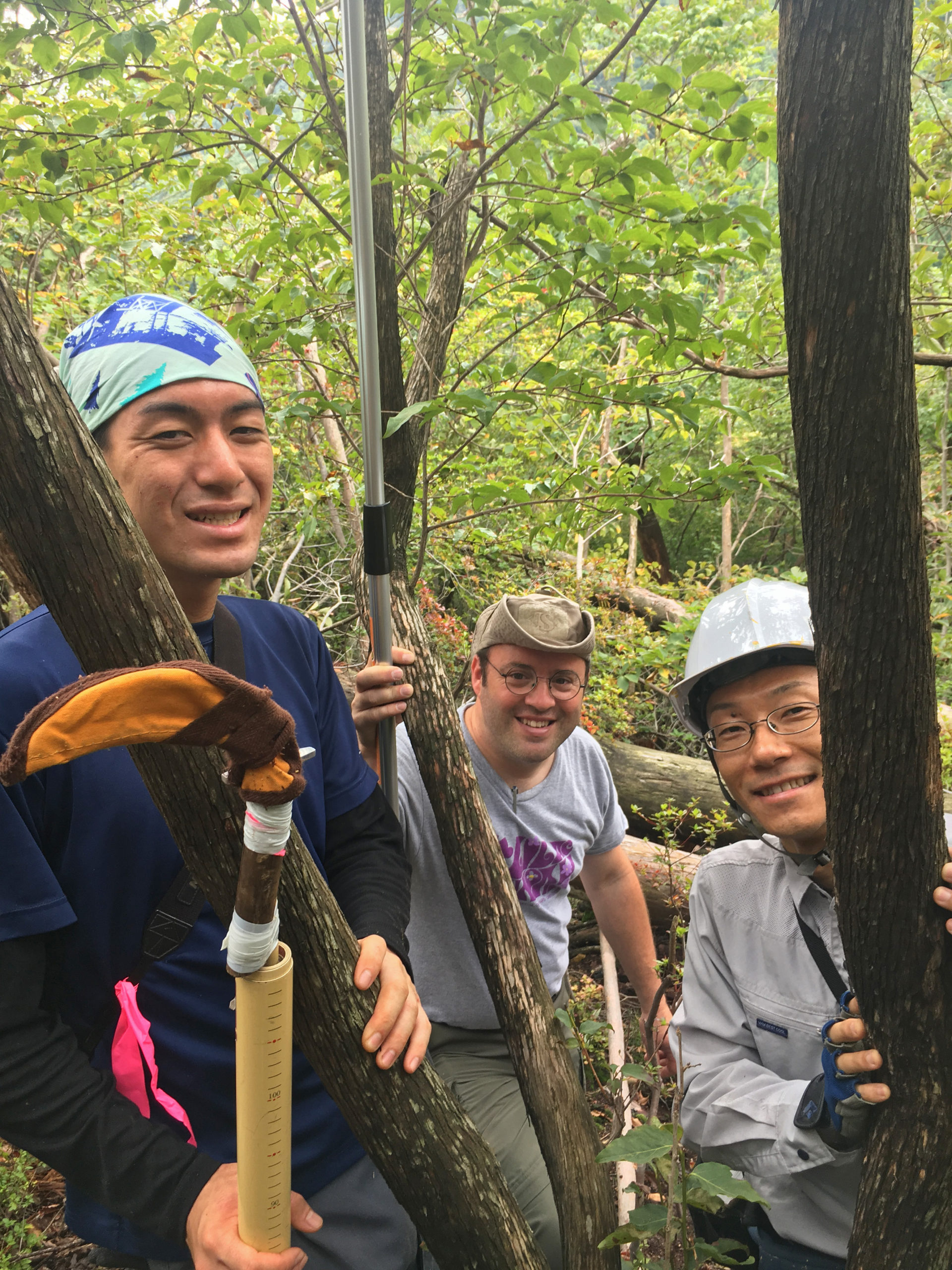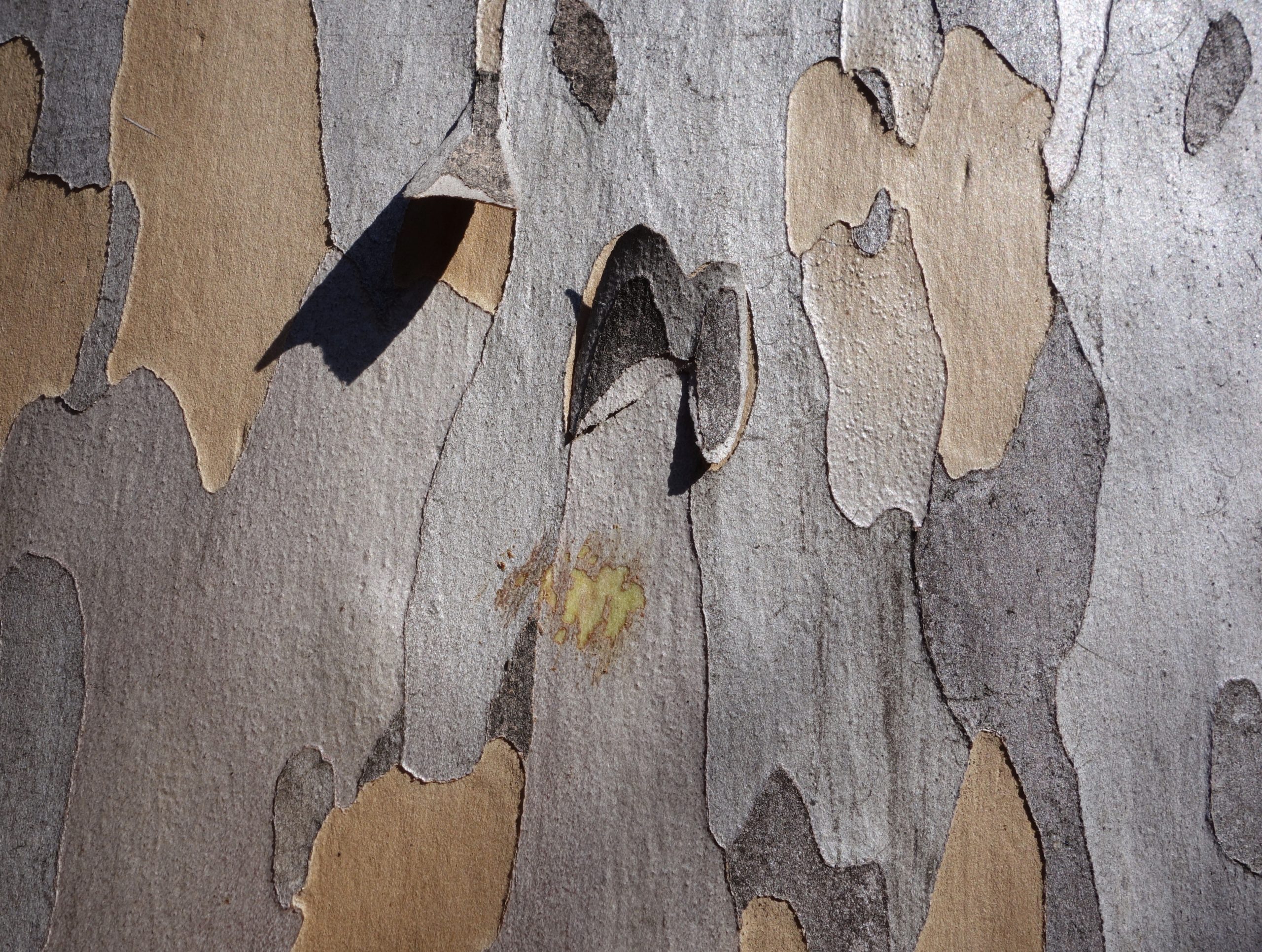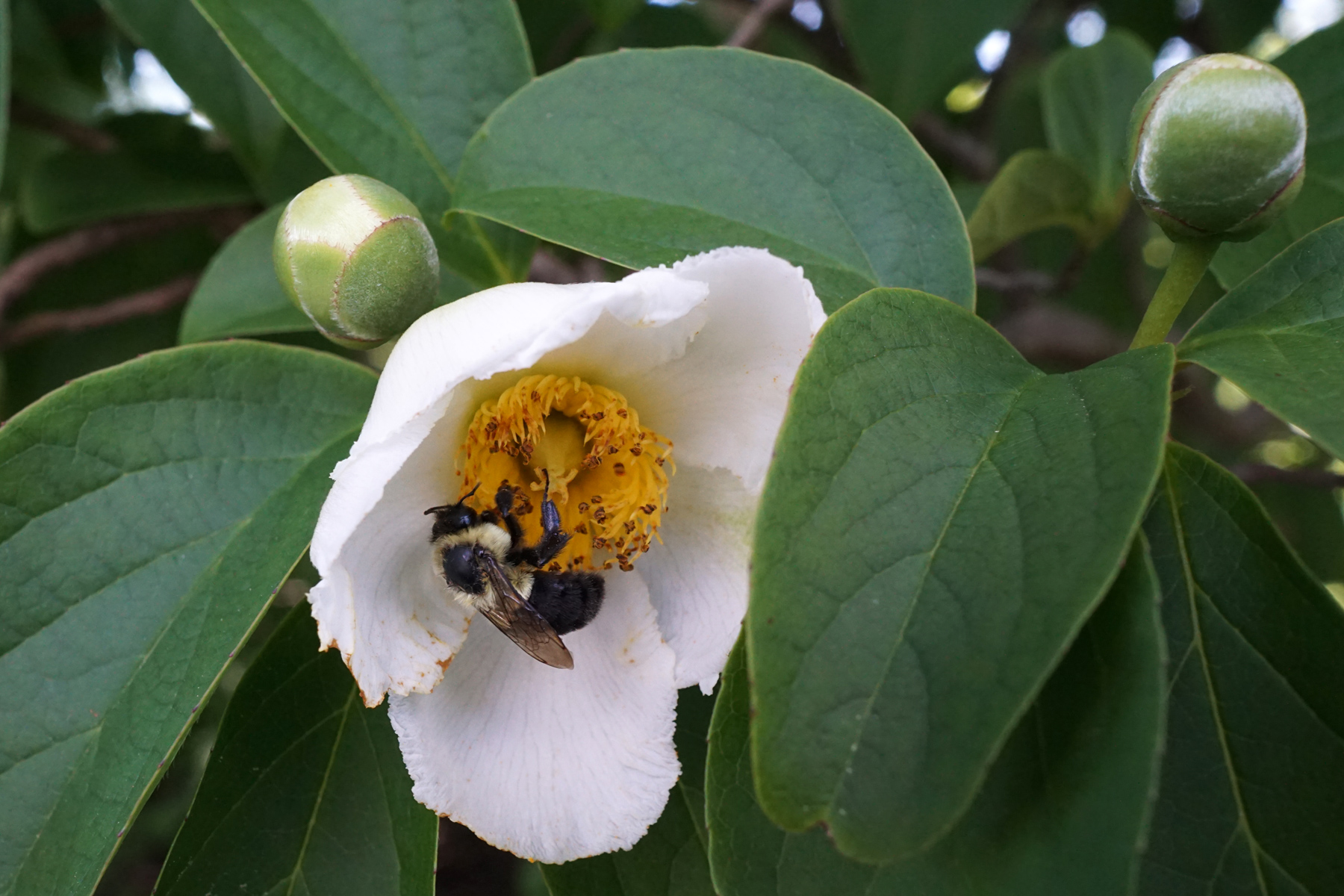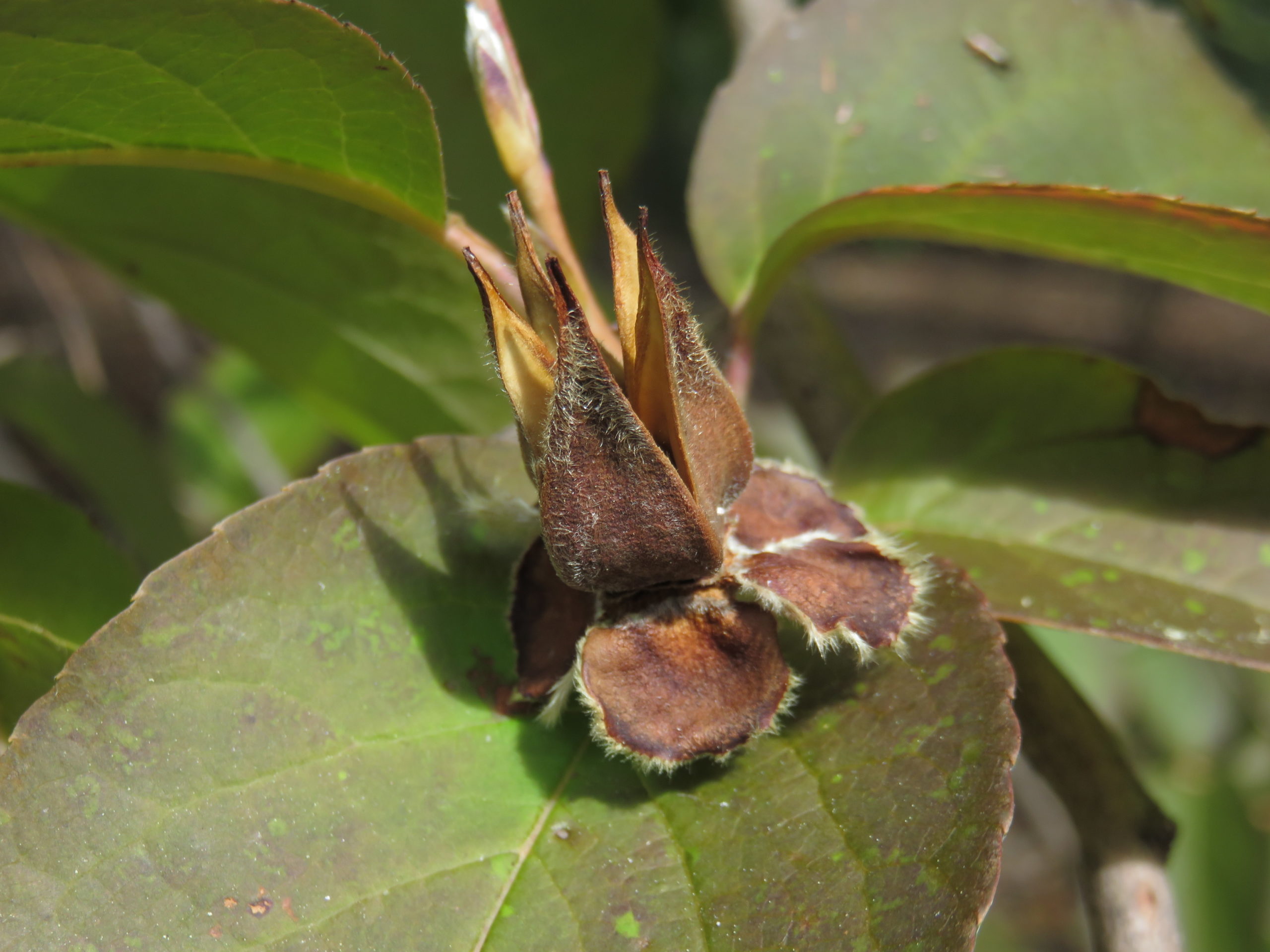
Japanese Stewartia
Stewartia pseudocamellia

- Accession Number
- The alpha-numeric value assigned to a plant when it is added to the living collection as a way of identifying it.
- Accession Date
- The year the plant’s accession number was assigned.
- Common Name
- The non-scientific name for the plant.
- Scientific Name
- The scientific name describes the species of an organism. The first word is the plant's scientific genus and the second is the specific epithet. This two-word binomial is sometimes followed by other taxonomic descriptors, including subspecies (denoted by "ssp."), variety (denoted by "var."), form (denoted by "f." or "forma"), and cultivar (denoted by single quotation marks).
- Plant Family
- The family to which the plant belongs.
- Propagation Material
- The first part (material code) describes the material used to create the plant. The most common codes are "SD" (seed), "EX" (existing plant), "PT" (plant), "CT" (cutting), "SC" (scion), "SG" (seedling), and "GR" (graft). The second part describes the lineage the plant is derived from. The last part describes the year of propagation.
- Collection Data
- The first part indicates provenance (place or source of origin) using a letter code ("W" = wild, "G" = garden, "Z" = indirect wild, "U" = uncertain). The second part lists the plant source. For wild-collected material, the collector, collection number, and country are given.
- Location
- The location of the plant on the landscape.
REPUBLIC OF - WILSON, E. H.
9596
This Japanese stewartia—and its nearby sibling—has inspired the curiosity of generations of botanists.
In 1917, the plant explorer Ernest Henry Wilson traveled to present-day South Korea, on his sixth and final collecting expedition in East Asia. He arrived in Seoul on May 18—his first time on the Korean Peninsula. He would spend nearly the next seven months in the region, traveling widely. On November 14, Wilson collected seed for this stewartia at the foot of Jirisan, the second-highest mountain in present-day South Korea.
“The weather was most wintery & I am feeling very much fatigued,” Wilson wrote to Charles Sprague Sargent, the director of the Arboretum, after the trip to Jirisian. “On the high peaks snow lay in quantity & on two occasions we were overtaken by severe storms of snow, sleet & rain. The winter appears to have set in abnormally early in the mountain districts.” The Japanese botanist Takenoshin Nakai had given Wilson detailed directions on where to find specific plants on the mountain. This knowledge allowed Wilson to make noteworthy collections, even though he only spent a few days in the area, lodging in houses used by mushroom gatherers.
Wilson suspected that the stewartia was the “ordinary Japanese species,” meaning Stewartia pseudocamellia. He had seen that species abundantly near Nikko, on the central Japanese island of Honshu. This new collection was nonetheless significant, given that Wilson had not observed stewartia growing elsewhere in Korea. Wilson photographed a stewartia on the same day that he collected the seed. In the photograph, the ground appears snowless, but the trunk of the tree gleams in the slanting and shadowy light. The splotchy bark is vivid, even in grayscale.
The seedlings that ultimately grew at the Arnold Arboretum appeared modestly—but decidedly—different from other Japanese stewartia growing in the collection. Among their distinct features, the seedlings had brownish or orangish-red fall color, as opposed to the lustrous purple of the Japanese lookalikes. And the arrangement of hairs on the leaves was unique. These subtle differences gave Alfred Rehder, a taxonomist at the Arnold Arboretum, enough confidence to publish a new name for the seedlings. He called it Stewartia koreana, which he credited to Nakai.
From 1926 to 1973, this name was retained for these plants. Then, in 1973, the Arboretum’s new taxonomist, Stephen Spongberg restored the name to Stewartia pseudocamellia. In a paper the following year, Spongberg contended that the differences Rehder described did not warrant recognition as a separate species. For that matter, Spongberg did not think the differences even warranted recognition as a taxonomic variety. Stewartia of Korean origin, however, are known to be slightly hardier than those from Japan.
Recent phylogenetic work by Jianhua Li—an Arboretum associate—and his colleagues (including Peter Del Tredici, a senior research scientist emeritus) has shown that the Korean stewartia diverged from their Japanese relatives about 10 million years ago. That research was based on DNA extracted from this very plant.
South Korea
Viewing this plant in-person? Look for these defining characteristics:
About Our Collection
Fun Facts
Stats
- Living Specimens
- Specimens Dead or Removed
- First Addition
- Most Recent Addition
- Tallest Specimen



Living Specimens
| Plant ID | Accession Date | Received As | Origin | Source |
|---|---|---|---|---|








